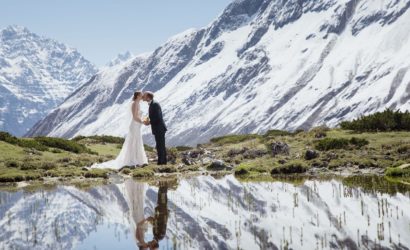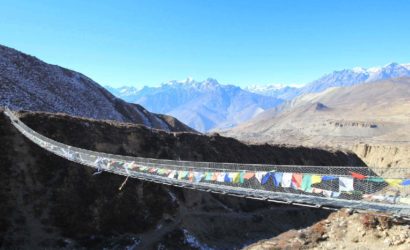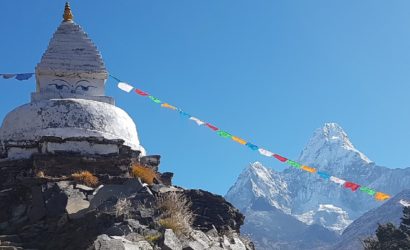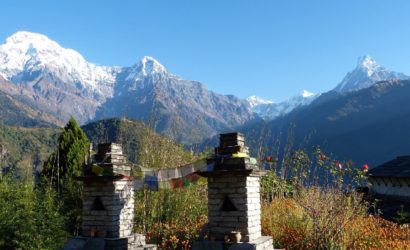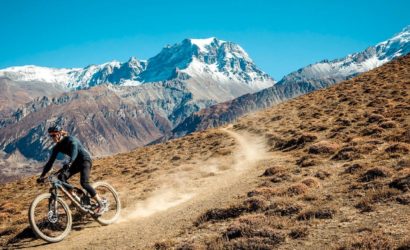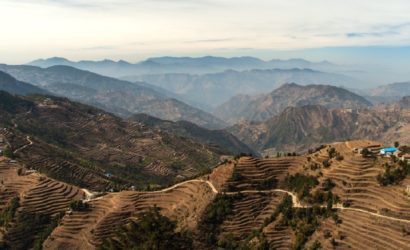Kathmandu City tour is specifically designed for the travellers who are interested in Nepalese history, culture, religion, tradition and the people’s lifestyle, which is truly beyond your house made imagination. Your choice of this trip really fulfills your curiosity knowing about Nepal.
A trip guided by an experienced government licensed tour leader, will not only limit you with the culture but also pleases you with the panoramic view of the sunrise and the naturally decorated snow capped mountains even from a very short distance of Kathmandu.
The first day trip of the mystical Kathmandu Valley includes the major historic, cultural and religious sites of Kathmandu- Kathmandu Durbar Square, Swayambhunath, and Pashupatinath-Lord of animals with the open view of Hindu Cremation System on the bank of religiously important river.
Since Nepal has innumerable to see the second day trip takes you to Dakshinkali- temple located in the southern-most part of the Kathmandu valley, Guru Rinpoche cave and the with the real village life experience. The same day tour drives you to Patan city- the oldest city of Kathmandu Valley.
As a secular kingdom, the third day tour pleases you with the view of Bouddhnath Stupa-the largest stupa of Nepal with original experience of the Buddhist lifestyle and the same day dives you towards the Changunarayan- the oldest Hindu temple of Nepal built around 464 A.D and evening to Nagrarkot to have the sunset and Mountain View.
After you enjoy the beautiful sunrise view and the panoramas of the snow-capped mountains on the fourth day, your leader takes you towards one of the most magnificent historic city Bhaktapur on route.
Upon your arrival in the Kathmandu airport after completing your custom formalities Visa, etc. pick up your luggage and look for our airport representative from Himalaya Discovery, who will display your name on the board at the arrival gate.
You will be greeted by our representative and transferred to the hotel by private tourist vehicle. Overnight in Kathmandu.
Today is free for sightseeing in Kathmandu. You may wish to visit Durbar Square in the heart of the old city where the old Royal Palace, with its intricate woodcarving is located. The whole area is a maze of temples and images. Leading away from the square in all directions are narrow alleys, full of the most amazing variety of shops and stalls.
Some of these landmarks are considered World Heritage Sites including the historic Bhaktapur Durbar Square, the famous ‘Monkey Temple’ Swayambhunath and Buddhists shrine Buddhanath which is one of the largest Stupas in the world. Overnight at hotel in Kathmandu.
Sawyambhunath
This Buddhist stupa, said to be 2000 years old has the main structure made of a solid hemisphere of bricks and earth supporting a lofty conical spire capped by a pinnacle of copper gilt. Painted on the four sided base of the spire are what is believed to be the all seeing eyes of Lord Buddha. This hill is a mosaic of small Chaityas and Pagoda temples.
Boudhanath
This Stupa situated about 8 kms from Kathmandu City is one of the biggest of its kind in the world. Standing with a pair of eyes in each of the four directions, it symbolizes watchfulness. It is said that this Buddhist Stupa was built by King Man Deva at the advice of the goddess Mani Jogini. It rises from an octagonal base inset with prayer wheels. The shrine is surrounded by houses of Lamas or Buddhist priests. The Stupa is surrounded by a lot of monasteries.
Pharping
Only about 19 kilometers away- Pharping is an ancient renowned city situated in Southern Region of Kathmandu. It was popular with the name “Shikharapuri Mahanagari (Metropolitan City)” which was recognized as an independent state with 48000 people in ancient time. So “Shikharapur” is an ancient name of Pharping village. Shikharapur was independent Newari State. Presently this village contains a lot of Buddhist monastries.
Dakshinkali Temple
Dakshinkali Temple, located 22 km outside Kathmandu, and about 1 km outside the village of Pharping, is one of the main temples of Nepal dedicated to the goddess Kali. Animal sacrifices, particularly of cockerels and male goats, are the main way that the goddess is worshipped, and this is especially seen during the Dashain festival.
Patan
5 kms away from Kathmandu City, Patan also known as Lalitpur is the city of fine arts, enclosed within 4 stupas said to be built in 3rd century AD, by Emperor Ashoka of India. You will see the Durbar square, the Krishna Temple built by Kind Siddhi Narsingh Malla, Hiranya Varna Mabavihar and MahadouddhaTemple with other many beautiful temples.
A trip to the Tibetan Refugee Camp and the Handicraft Center will also be covered while visiting Patan, where one witnesses the hand weaving of Tibetan carpets and mounding of metal statues.
Kathmandu Durbar Square
Known as Kantipur, the capital of Nepal. Here you can visit the temple of the Living Goddess Kumari, who acknowledges greetings of devotees from the balcony of her temple residence.
The Kasthamandap, said to be built from the timber of a single tree. In fact, the name Kathmandu is believed to have been coined from the name Kasthmandap standing right in the midst of the Durbar Square with it’s array of temples overlooked by the Hanuman Dhoka Palace, the ancient place of the former Nepalese royalty.
Changurayan.
Situated on a ridge overlooking the Valley, about 12 km to the east of Kathmandu. It is dedicated to the Hindu god Bishnu. One of the finest and oldest specimens of pagoda architecture built in 323 AD by King Hari Dutta Varma. The temple is richly decorated with sculptures and carvings, and its position above the Kathmandu Valley affords a beautiful view of the surrounding countryside.
Nagarkot.
Nagarkot is one of the most scenic spots situated about 35 km east of Kathmandu from where an excellent view of snow-capped peaks of the Himalayan Ranges in eastern Nepal can be seen (when weather permits). The place is also renowned for spectacular sunrise sights.
Bhaktapur Durbar Square (Bhadgaon)
Also known as Bhaktapur meaning the city of devotees, this place is the home of medieval art and architecture. Lying 14 km / 9 miles of Kathmandu City. As you walk in, you will feel a sense of inner harmony.
Bhaktapur Durbar Square is a collection of pagoda and shikhara – style temples grouped around a fifty-five-window palace of brick and wood. The attraction of the Bhaktapur Durbar Square is The Lion gate, The Golden gate, The Palace of fifty-five windows, Art galleries, The statue of king Bhupatindra Malla. Overnight in Kathmandu.
Today is rest and relax throughout the day. If you get interested to take some gifts from Nepal for friends and relatives, visit to some nearby shops or go out in Thamel for typical Nepalese goods.
In the evening we will have a farewell dinner in a traditional Nepalese restaurant with cultural performances. Overnight in Kathmandu.
The trip ends, we will drop you to the airport for your flight departure from Nepal.


